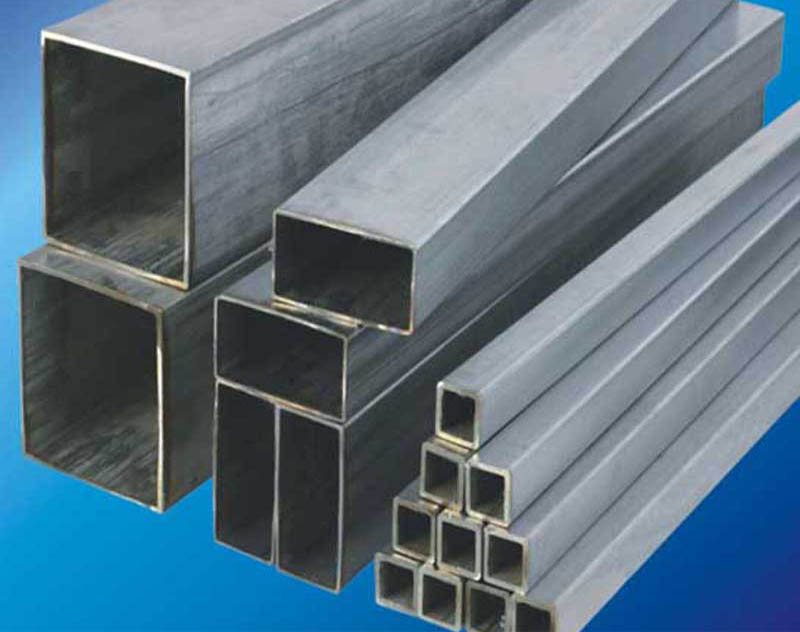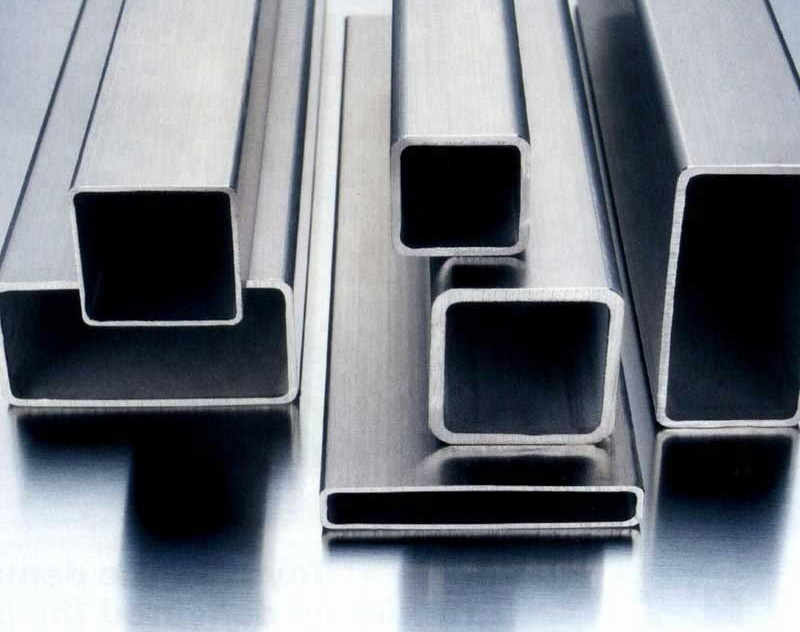1. Different manufacturing processes
Galvanized steel pipesand seamless steel pipes are two categories of steel pipes. Galvanized refers to the surface of the steel pipe that has been galvanized. It may be welded or seamless. Seamless refers to the manufacturing process of the steel pipe. There are welding and Seamless.
2. Different physical properties
Galvanized pipe is more resistant to corrosion, while seamless steel pipe can withstand higher pressure. Galvanized steel pipe is not easy to rust due to the protection of zinc. Galvanized steel pipe is lighter than seamless steel pipe. If it is used for balcony, it is best to use galvanized steel pipe. Seamless steel pipe is not suitable for balcony.

Because of the thickness of the seamless steel pipe, the natural weight is heavier, and the cost of the seamless steel pipe is higher than that of the galvanized steel pipe, and the galvanized steel pipe is very durable, and the service life is much longer than that of the seamless steel pipe.
3. Different uses
Galvanized steel pipes are welded steel pipes with hot-dip galvanized or electro-galvanized layers on the surface. Galvanizing can increase the corrosion resistance of the steel pipe and prolong its service life.
Galvanized pipes have a wide range of uses. In addition to line pipes for conveying water, gas, oil and other general low-pressure fluids, they are also used as oil well pipes and oil pipes in the petroleum industry, especially offshore oilfields, as well as oil heaters and condensate for chemical coking equipment. Coolers, pipes for coal distillation wash oil exchangers, pipe piles for trestle bridges, pipes for support frames in mine tunnels, etc.

The often said galvanized pipes are now mainly used for conveying gas and heating. Galvanized steel pipes are used as water pipes. After a few years of use, a large amount of rust is generated in the pipes. The yellow water that flows out not only contaminates the sanitary ware, but also contains bacteria that breed on the uneven inner wall. The rust causes excessive heavy metal content in the water and seriously harms human health. In the 1960s and 1970s, developed countries in the world began to develop new types of pipes and gradually banned galvanized pipes.